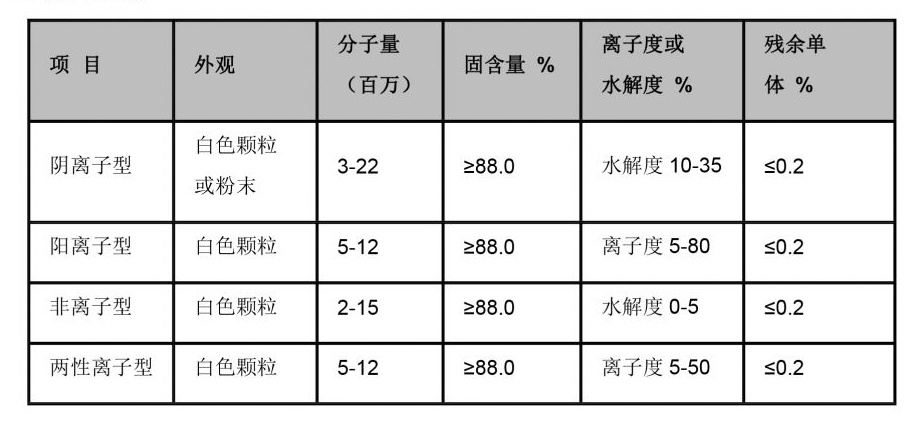cationic polyacrylamide
Cationic polyacrylamide (CPAM) is a versatile synthetic polymer widely used in various industrial applications due to its unique properties. Its cationic nature comes from the presence of positively charged groups, which enhances its ability to interact with negatively charged substances. This characteristic is particularly advantageous in processes such as water treatment, agriculture, and paper manufacturing.
In water treatment, cationic polyacrylamide serves as a highly effective flocculant. It facilitates the aggregation of suspended particles, allowing them to settle more easily. By neutralizing the charges on colloids, CPAM promotes the formation of larger flocs, which can then be removed from the effluent. This is crucial in municipal wastewater treatment plants and industrial effluent processes, where the removal of contaminants is essential for environmental compliance.
Agriculturally, CPAM is used to improve soil structure and enhance water retention. By applying cationic polyacrylamide to soil, farmers can reduce erosion and promote plant growth. The polymer forms a stable gel when mixed with soil, which helps to bind soil particles together and creates a more favorable environment for root development. This leads to increased crop yield and reduced water usage, making CPAM an environmentally friendly option for sustainable agriculture.
In the paper industry, cationic polyacrylamide functions as a retention aid
. It improves the retention of filler and fiber during paper production, enhancing the overall quality and strength of the paper. The use of CPAM in this context not only enhances efficiency but also contributes to cost savings by reducing material waste.cationic polyacrylamide

Moreover, the versatility of cationic polyacrylamide allows for modifications in its structure to tailor its properties for specific applications. By adjusting the molecular weight and degree of cationization, manufacturers can produce CPAM that meets the precise needs of different industries.
Despite its advantages, it is essential to consider the environmental impacts of synthetic polymers. Ongoing research aims to develop biodegradable alternatives or optimize the use of CPAM to minimize its ecological footprint.
In conclusion, cationic polyacrylamide is a valuable polymer with significant applications across various industries. Its ability to aid in water treatment, enhance agricultural productivity, and improve the paper manufacturing process makes it an indispensable tool in modern industrial practices. Continued innovation in this field promises to expand its applications further while addressing environmental sustainability.
-
LK-319 Special Scale And Corrosion Inhibitor For Steel Plants: Advanced Solutions for Industrial Water SystemsNewsAug.22,2025
-
Flocculant Water Treatment: Essential Chemical Solutions for Purification ProcessesNewsAug.22,2025
-
Isothiazolinones: Versatile Microbial Control Agents for Industrial and Consumer ApplicationsNewsAug.22,2025
-
Scale Inhibitor: Key Solutions for Water System Scale PreventionNewsAug.22,2025
-
Organophosphonates: Versatile Scale Inhibitors for Industrial Water SystemsNewsAug.22,2025
-
Scale and Corrosion Inhibitor: Essential Chemical Solutions for Water System MaintenanceNewsAug.22,2025





